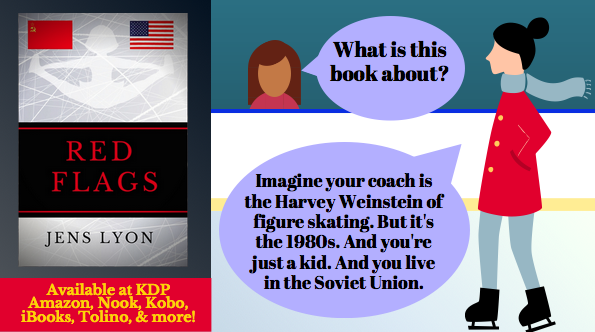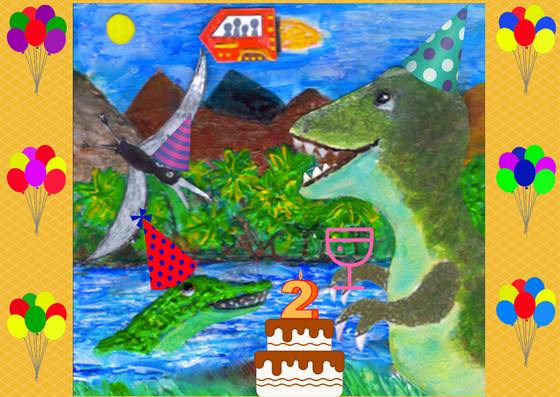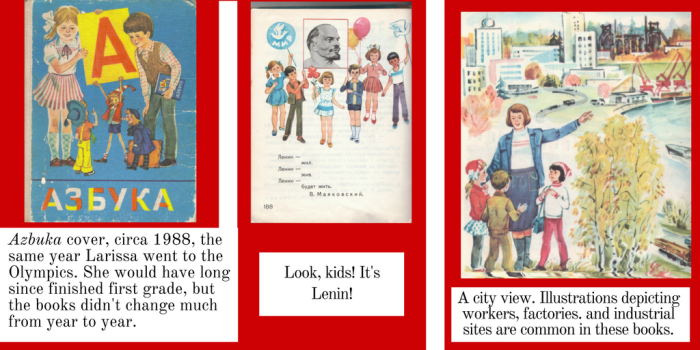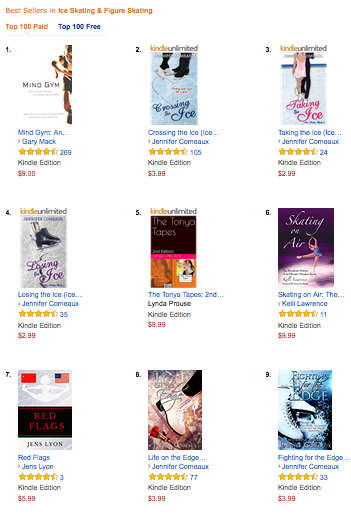For every book, there is a story about how it came to be.
The story behind Red Flags starts in 1997. The figure skating boom of the 1990s was in full swing. The Internet was in its infancy. Instead of blogs and social media, there were primitive websites and Usenet newsgroups. The hive of Internet skating fandom at that time was a Usenet group called rec.sport.skating.ice.figure, also known as RSSIF. The RSSIF-ers were a knowledgeable, passionate bunch. Flame wars between different factions were common, especially during the summer months when there weren’t many skating competitions to dissect. Gossip about skaters’ private lives was discouraged, but it seemed unavoidable in an era where elite figure skaters were A-list celebrities whose latest escapades routinely made tabloid headlines.
![]()
At some point during the summer of 1997, the RSSIF regulars got into a heated discussion over which topics should or shouldn’t be allowed. On a whim, I decided to write a little soap opera that covered all of the forbidden topics– closeted gay skaters, eating disorders, extramarital affairs, abusive coaches, crazy skatemoms, bickering pairs– albeit in a fictional skating world populated with characters who were completely made-up; they were not stand-ins for real-life skaters. I titled this soap opera The Strong and the Sequined.
I figured I’d keep the soap opera going for a few weeks, maybe a few months. But each time I posted a new chapter, I would be swamped with requests for back chapters. (Today, I would have posted them on a blog, but blogs hadn’t been invented yet.) I couldn’t believe people were actually reading my little story– I was literally making it up as I went along! I had only a vague idea of what was going to happen next. At that time, I was definitely a “pantser” not a “plotter.” The Strong and the Sequined took on a life of its own.

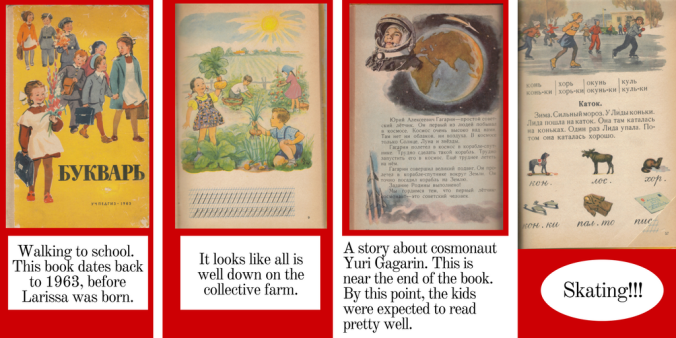
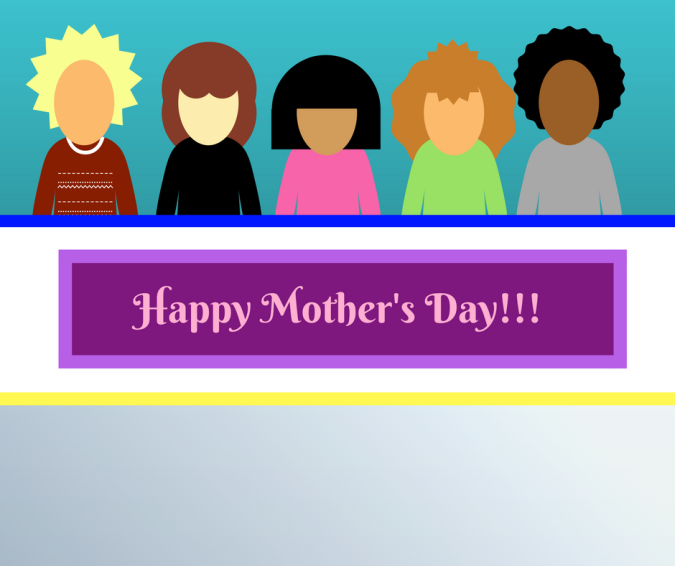

 (Here is a crude artistic rendering of Tonya circa 1991 that I made on Canva.)
(Here is a crude artistic rendering of Tonya circa 1991 that I made on Canva.)